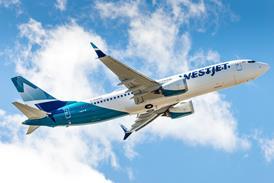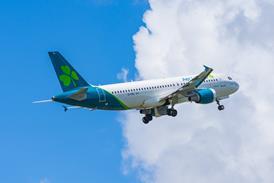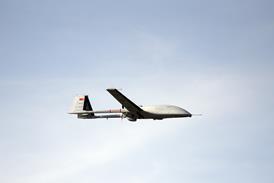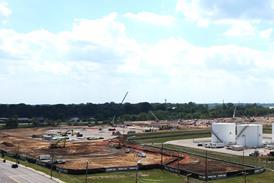Commercial aircraft manufacturers are set to be granted a further 18 months to meet a European requirement to fit runway-overrun protection systems during production of newly-built aircraft.
The shift in the deadline – from 1 January 2025 to 1 July 2026 – has been prompted by airframers’ difficulties in developing and certifying overrun awareness and alerting equipment.
Such systems use energy calculations during approach and landing to predict the point at which the aircraft will come to a halt, and compare this with the runway length, in order to identify any risk of overrun.
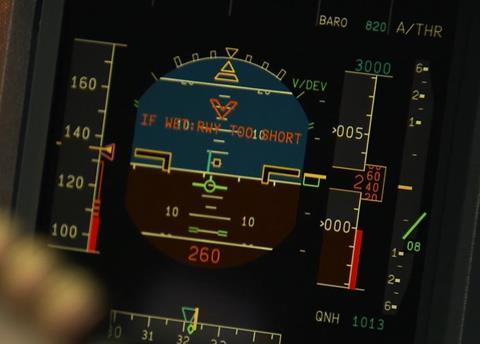
Several type-certificate holders have been facing “significant difficulties”, acknowledges the European Union Aviation Safety Agency in a formal opinion.
As a result certain aircraft types “will not be equipped on time”, it says. “In a few cases, the date may be met but with no margin and a risk of delay is identified.”
Airbus’s Canadian division – which produces the A220 – as well as Boeing, ATR and a number of business-jet manufacturers, including Bombardier and Gulfstream, are the “most concerned”, says EASA, although Embraer and Dassault also have specific issues.
EASA says the manufacturers are attributing the problems to various causes, including post-pandemic supply-chain disruption, avionics supplier lead times, and “unexpected certification challenges”.
Some cite a late start to development and the time required for system maturity, while there are also queries regarding economic viability for aircraft types – such as a particular Dassault model – which are approaching end of production.
EASA has drawn up the deferral opinion after consultation with the various manufacturers, and is formally submitting the proposal to the European Commission.

